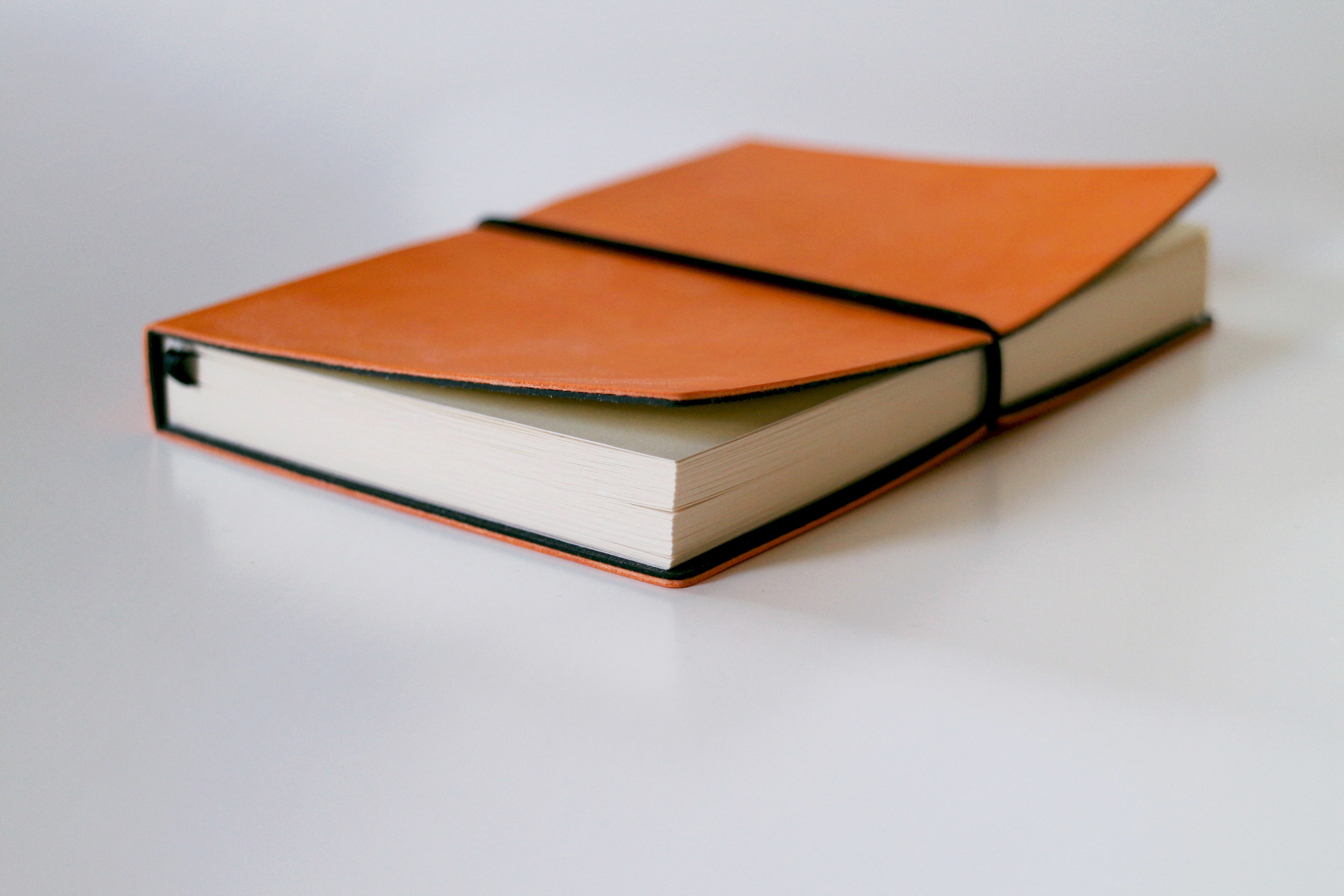Recently, all eyes have been on China as the fundamental patent covering semaglutide, the active ingredient in Ozempic® and Wegovy®, will expire on March 20, 2026. It goes without saying that generics are ramping up bigtime in China (and also around the world), preparing to manufacture and sell this blockbuster drug to one of the biggest markets in the world. Any shortening of the patent term for this key semaglutide patent in China could cause an immediately shift in the Chinese Ozempic market (not to mention directly impacting Novo Nordisk). Novo Nordisk’s Semaglutide Patent in China On September 5, 2022, the China National Intellectual Property Association (China’s patent administrative office,…
-
-
Twice the Trouble: Unraveling a Single Case of Dual Patent and Trademark Infringement
Can a rights holder sue the same infringer separately based on one single infringing act that infringes both trademark and patent rights? An interesting case this year from China’s Supreme People’s Court that addresses this specific issue ((2023)最高法知民终235号). Beijing Run De Hong Tu Technology Development Co., Ltd. (“Run De Hong Tu”) sued an individual named Li XX[1] for patent infringement based on his activities as a small retailer selling a certain sewage pipe branded as “Submarine”. In fact, Run De Hong Tu had initiated multiple similar lawsuits, primarily targeting small and micro retailers, and had been able to secure substantial compensation in these cases. Run De Hong Tu, along with…
- China, China Patent Office, CNIPA, Court Cases, Courts, Invalidation, Inventions, Patent Law, Pharma, Top 10 IP Case
Do Promotional Marketing Materials Constitute an “Offer for Sale” under Chinese Patent Law? Bayer IP GmbH v. Nanjing Hang Seng Pharmaceutical
Bayer’s blockbuster drug Rivaroxaban has seen its share of patent litigations in China, several of which are big enough to be listed as Top 10 IP cases or 50 Representative IP cases. We summarized an invalidation case back in 2020 where all of Bayer’s claims directed towards the compound were upheld. Recently, another Rivaroxaban case made it onto China’s 50 Representative IP cases in 2022, this time in a final judgement from the Supreme Court of an infringement case against a generic company who was marketing the patented drug before the patent expiration date. At the heart of the case is a dispute over (1) what acts by a generic…





